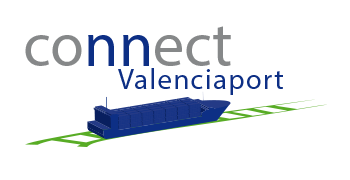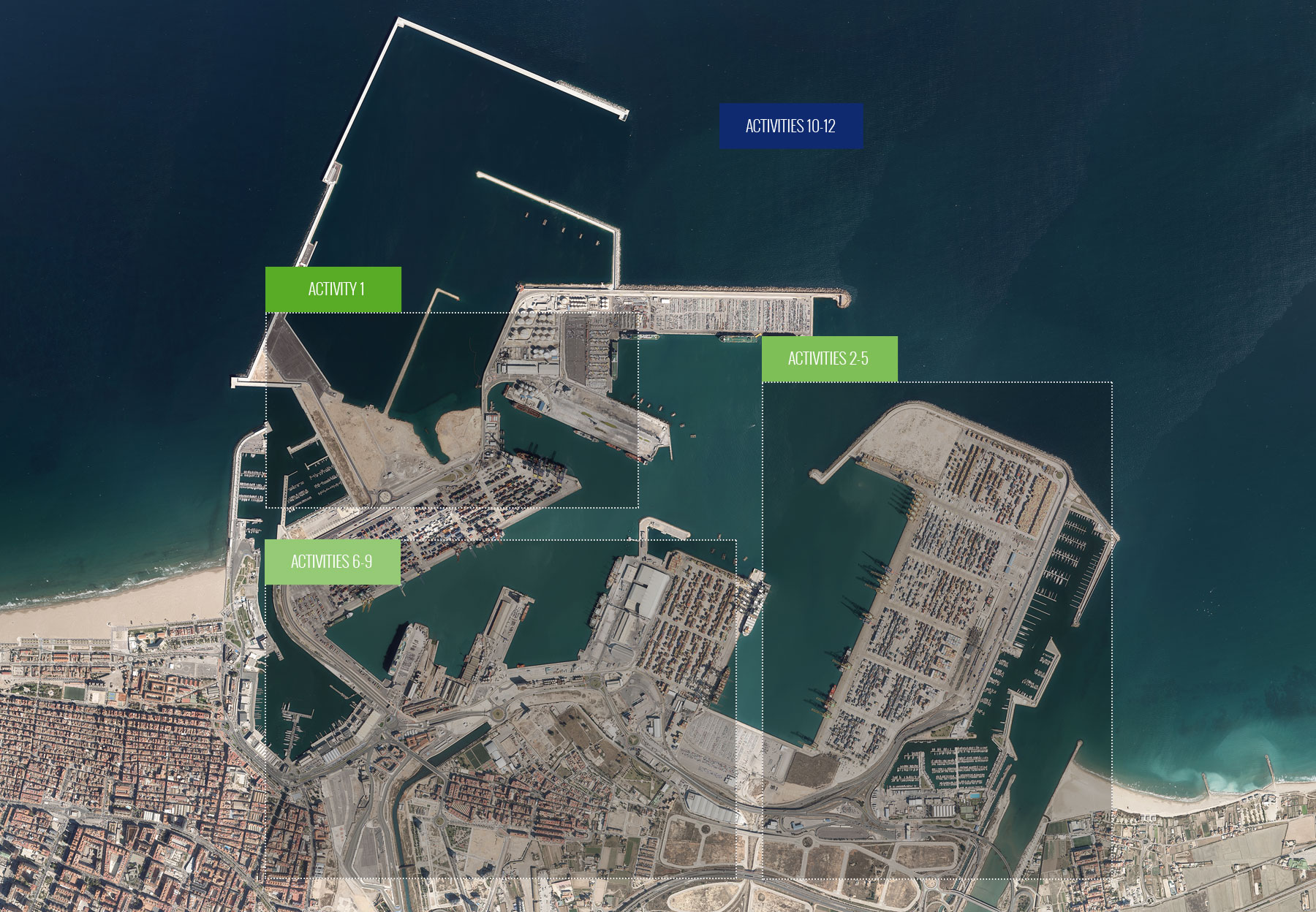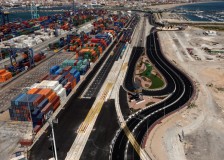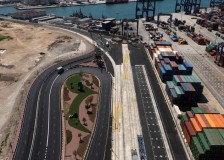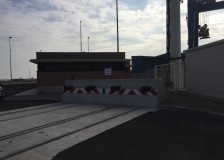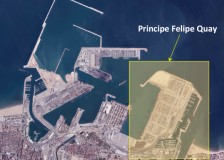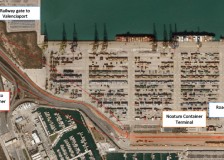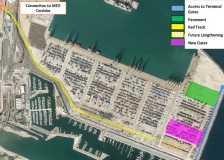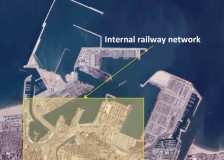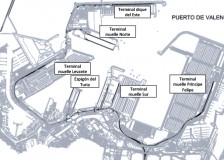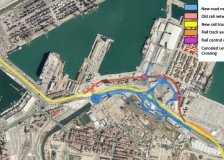ACTIVITY 6: Design study of a new railway layout and network
As stated in Activities 1 to 5, the increase of rail traffic will require the adaptation of the inner railway network of the Port of Valencia in order to increase the interoperability of the infrastructure and to upgrade the direct access of trains from/to the Mediterranean Corridor. Apart from the activities related to the rail tracks located in the main public container terminals, it is also necessary to adapt and upgrade the rest of the rail infrastructure of the Port of Valencia, provide rail access to these terminals and build a rail control centre and a general port shunting area providing support for traffic management, train reception/expedition and other shunting operations.
This Activity in particular, will carry out the detailed engineering design study of the new railway layout and network. This technical project is necessary as it will define the details of the infrastructure works to be carried out in Activities 7, 8 and 9.
ACTIVITY 7: Rail control centre
Currently, the staff that controls the internal rail traffic at the Port of Valencia is located in provisional facilities consisting of prefabricated modules at the entrance of the railway terminal in Principe Felipe Quay. This activity includes the construction of a rail control centre to be used by the staff that controls the internal rail traffic at the Port of Valencia. The building will have two floors and a total floor area of 450 square meters including the following services: changing rooms, rest area, archive, technical facilities, control room and two individual offices.
ACTIVITY 8: Improving railway layout and network including new shunting area, elimination of level crossings and network re-configuration
Approximately 1,000 m of new railway tracks will be constructed from the external network connection to the Costa Quay of the Port of Valencia, replacing a section of the current rail network which includes five level crossings. The new layout includes a shunting area (approximately 600m long) near the beginning of the internal network which includes three rail tracks in dual gauge and two in Iberian gauge. This general port shunting area is a set of railway tracks in the port area designed and used as a complementary infrastructure for the following operations: Train reception and expedition; parking of rolling stock and shunting operations (e.g. classification of wagons, wagons coupling and decoupling).
From the end of the shunting area to the Costa Quay, the network will consist of two rail tracks, in dual gauge.
The adjacent road network is significantly affected by the new railway layout and will be consequently reshaped in the scope of the Activity. The new layout will not include any level crossing and therefore it will be safer and will improve rail mobility inside the port.
ACTIVITY 9: Electrification and connection with UIC gauge from Costa Quay to Levante Quay
In order to complete the upgrading of the internal rail network and accomplish its full interconnectivity to the Mediterranean Corridor, the general rail track (approximately 3,700 m) in the section from the Costa Quay (the previous section has been upgraded in the Activity 8) to the public terminal in the Levante Quay (upgraded in Activity 1) will be adapted to dual gauge.
In addition, the general railway line will be electrified from the port entrance to the East Breakwater Quay (approximately 6,000 m). The railway electrification system will be (3000 V of direct current) in order to be interoperable with the national railway network.
